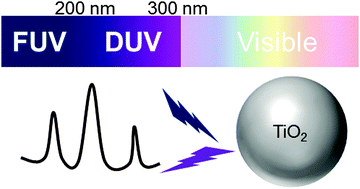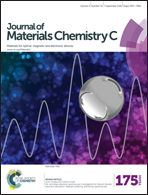Far- and deep-ultraviolet spectroscopic investigations for titanium dioxide: electronic absorption, Rayleigh scattering, and Raman spectroscopy
Abstract
Titanium dioxide (TiO2) is a typical semiconductor metal oxide. It functions under irradiation with ultraviolet (UV, ≤400 nm), deep-ultraviolet (DUV, ≤300 nm), and far-ultraviolet (FUV, ≤200 nm) light. Therefore, investigations in these regions are essentially important not only for the basic understanding of the properties of TiO2 but also for the development of various applications such as photocatalysis and solar cells. In this review, the historic and recent research studies of TiO2 in these areas are overviewed. In particular, recent marked progress on attenuated total reflectance (ATR) DUV–FUV spectroscopy, resonant DUV Rayleigh scattering spectroscopy, and DUV Raman spectroscopy are focused on intensively. These pursuits provide detailed insights into the electronic states, bandgap energies, and phase transformations of TiO2 and TiO2 based materials as well as design guides for their applications.


 Please wait while we load your content...
Please wait while we load your content...